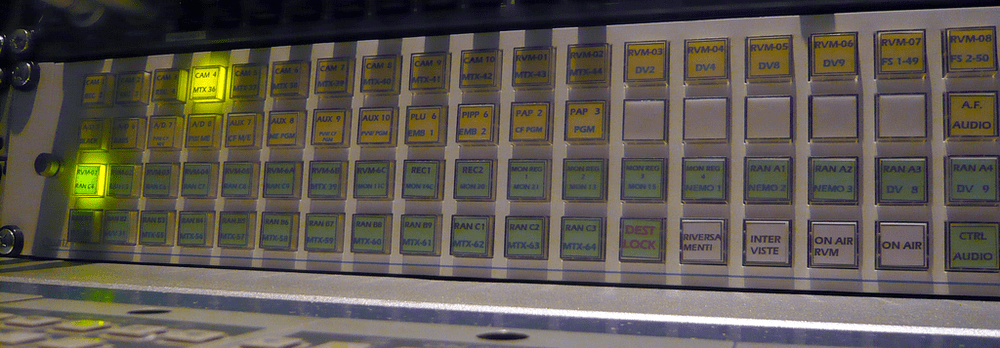Advertisement
Major Findings: Your Genes As A Panel With A Million Switches

There's now a genetic version of "It's not just the heat, it's the humidity." The journal Nature reports today in a blast of big data that our genome — our full set of genes — is even more complex than we'd suspected.
And — here's the weather metaphor now — it's not just the genes, it's their switches. Here's the back-story from The Wall Street Journal, which leads with the news that the deepest look yet into the genome finds it "a richer, messier and more intriguing place" than we'd known.
The findings are the product of Encode, or Encyclopedia of DNA Elements, a vast, multiyear project that is trying to pin down the workings of the human genome in unprecedented detail.
Encode succeeded the Human Genome Project, which identified the 20,000 genes that underpin the blueprint of human biology. But scientists discovered that those 20,000 constituted less than 2% of the human genome. The task of Encode was to explore the remaining 98% of biological "desert"—so-called junk DNA—that lies between those genes.
That desert, it turns out, is teeming with action. Almost 80% of the genome is biochemically active, a finding that surprised scientists. In addition, large stretches of DNA that appeared to serve no functional purpose in fact contain about 400,000 regulators, known as enhancers, that help activate or silence genes, even though they sit far from the gene itself.
Now here's the part about the panel of switches. UMass Medical School sent over a press release about the contributions by its professors Job Dekker — who works on 3-D models of folded chromosomes — and Zhiping Weng to these latest Encode findings,
“The genome is like a panel of light switches in a room full of lights,” said Dekker, “except there are thousands of lights and almost a million switches. We don’t know what switches turn on which lights. And some switches turn on the same lights or turn on multiple lights.”
Over the last several years, it has become clear that one of the ways in which regulatory elements can turn genes on and off is through direct physical contact. As part of the ENCODE project, Dekker’s task was to determine where these switches and genes were touching along the genome. To do this, Dekker and his team produced the first three dimensional diagram of a section of the genome that shows which gene regulatory switches touch, and control, which genes – in essence producing a wire diagram for the genome. “These switches can be located far from the genes they regulated in the one-dimensional genome sequence but in three dimensions, the chromosome is folded so that they physically touch,” said Dekker.
In the Nature paper, Dekker and his UMMS colleagues discovered important patterns in the three dimensional wiring of the genome, which may help researchers understand how the genome is put together and works as a system. For instance, there is a preferred order and distance between regulatory elements and their targets. Identification of more such “rules” could help predict the three dimensional wiring between genes and regulatory elements for other genomes in the future and for understanding the genetics of disease.
“Genetic variation between individuals is often the result of differences in regulatory elements, not genes,” said Dekker. “Unraveling the three dimensional wiring behind the system of switches and lights that makes up the genome will help us find genes that are misfiring because of a defect in a regulatory element that might be causing disease.”
In The New York Times, Broad Institute chief Eric Lander compares the new data to Google Maps, and says it “is a stunning resource.”
“My head explodes at the amount of data,” he says.
This program aired on September 5, 2012. The audio for this program is not available.
